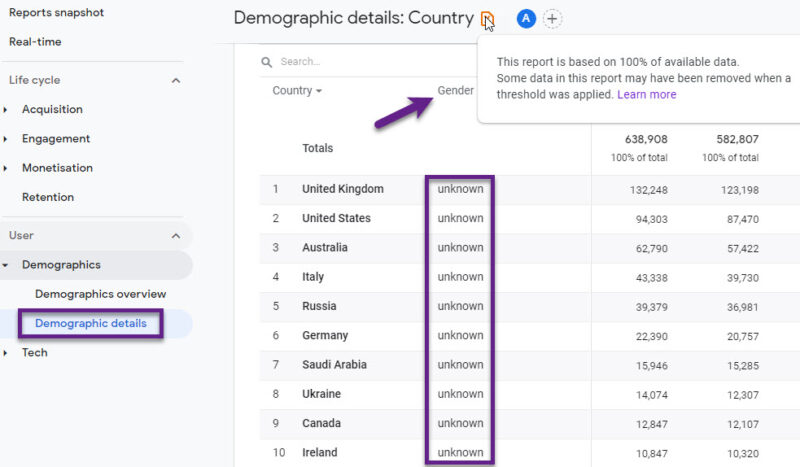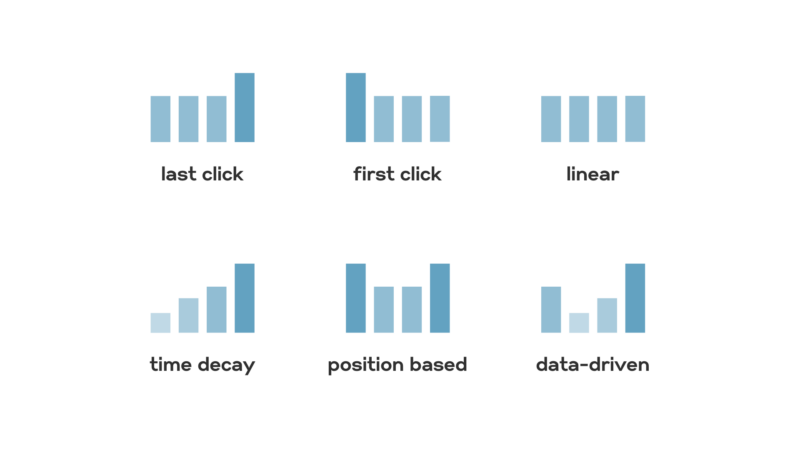UTM codes are essential for tracking the performance of marketing campaigns.
They are snippets of text added to URLs to help you understand where your traffic is coming from and how your campaigns are performing.
I will provide you with several tips so you’ll be able to enhance your campaign tracking, refine your marketing strategies, and ultimately improve your overall marketing performance.
UTM Codes
UTM (Urchin Tracking Module) codes are snippets of text appended to a URL to track the performance of online marketing campaigns.
They help marketers determine the effectiveness of their campaigns by revealing the source of web traffic.
A UTM code typically includes several components:
- UTM Source: Identifies where the traffic is coming from, such as Google, Facebook, or a newsletter.
- UTM Medium: Specifies the medium like email, social media, or CPC (cost-per-click).
- UTM Campaign: Names the specific campaign, such as spring_sale or black_friday.
- UTM Term: Used for paid search campaigns to identify the keywords driving traffic (optional).
- UTM Content: Differentiates similar content or links within the same ad (optional).
By analyzing UTM parameters, marketers can understand which channels and campaigns are driving the most traffic and conversions, allowing for more informed decision-making and optimization of marketing strategies.
Benefits of Using UTM Codes
Using UTM codes offers numerous advantages for tracking and analyzing marketing efforts:
Enhanced Tracking
UTM codes provide detailed insights into the origin of website traffic.
By specifying the source, medium, and campaign, marketers can see exactly where their visitors are coming from and which campaigns are performing best.
Refined Attribution
Accurate attribution is critical for understanding the return on investment (ROI) of various marketing channels.
UTM codes help allocate credit accurately across different marketing efforts, ensuring that each channel’s contribution is correctly assessed.
Improved Analysis
Detailed data from UTM codes enable thorough analysis of campaign performance.
Marketers can see which campaigns generate the most traffic, leads, and conversions, allowing them to adjust strategies and optimize future campaigns.
Campaign Comparisons
UTM codes make it easy to compare different marketing campaigns and their effectiveness. This comparison helps identify successful tactics and areas needing improvement.
Overall, UTM codes are a powerful tool for gaining deeper insights into marketing performance and making data-driven decisions.
Creating UTM Codes Manually
Creating UTM codes manually involves appending specific parameters to the end of a URL.
The structure is straightforward and typically follows this format:
utm_source=source&utm_medium=medium&utm_campaign=campaign&utm_term=term&utm_content=content. Here’s a breakdown of the process:
- Identify the URL: Determine the URL of the page you want to track.
- Add UTM Parameters: Append the UTM parameters to the URL. For example, if you’re tracking a Facebook campaign, the URL might look like this: http://example.com/page?utm_source=facebook&utm_medium=social&utm_campaign=spring_sale.
- Optional Parameters: Include optional parameters like utm_term for keywords and utm_content for differentiating similar links within the same campaign.
- Example URL: http://example.com/page?utm_source=facebook&utm_medium=social&utm_campaign=spring_sale&utm_term=spring_discount&utm_content=ad_version_a.
Manually creating UTM codes ensures that you have full control over the parameters used, allowing for consistent and precise tracking of marketing campaigns.
Using Google’s Campaign URL Builder
Google’s Campaign URL Builder simplifies the process of creating UTM codes. Follow these steps for a streamlined experience:
Open the URL Builder: Access Google’s Campaign URL Builder tool online.
Fill in the Fields:
- Website URL: Enter the URL of the page you want to track.
- Campaign Source: Specify the source (e.g., newsletter).
- Campaign Medium: Specify the medium (e.g., email).
- Campaign Name: Enter the campaign name (e.g., spring_sale).
- Campaign Term and Campaign Content: Fill in these optional fields for additional granularity if needed.
- Generate the URL: Click the button to generate the UTM-coded URL based on the input.
- Use the URL: Copy and use the generated URL in your marketing campaigns.
Example: For an email campaign, you might generate a URL like http://example.com/page?utm_source=newsletter&utm_medium=email&utm_campaign=spring_sale. This tool is user-friendly and ensures that your UTM codes are correctly formatted, helping you track the effectiveness of your marketing campaigns more efficiently.
Tracking UTM Codes in Google Analytics
Once your UTM-coded URLs are in use, tracking their performance in Google Analytics is straightforward:
- Login to Google Analytics: Access your Google Analytics account.
- Navigate to Reports: Go to Acquisition > Campaigns > All Campaigns. This section provides an overview of all campaigns tracked by UTM codes.
- Analyze Campaign Data: Examine the detailed metrics available. You can see traffic sources, mediums, and campaign performance metrics such as sessions, bounce rate, and conversion rate.
By analyzing this data, you can understand which campaigns are driving the most traffic and conversions, allowing for better optimization of future marketing efforts. Regularly reviewing these reports helps in fine-tuning your strategies to improve overall marketing effectiveness.
Best Practices for UTM Tracking
To get the most out of UTM tracking, follow these best practices:
- Consistency: Use consistent naming conventions for UTM parameters. This consistency ensures that your data is clean and easy to analyze.
- Capitalization: Stick to either all lowercase or uppercase for UTM parameters to avoid discrepancies in your data.
- Documentation: Maintain a shared document or spreadsheet of all UTM codes used. This practice helps prevent duplicate or conflicting codes and provides a reference for your team.
- Short but Descriptive: Make UTM codes short yet descriptive for clarity. Avoid overly complex codes that are hard to understand or remember.
- Review and Update: Regularly review your UTM tracking strategy and update it as needed to align with new marketing goals and campaigns.
Examples of UTM Use Cases
UTM codes can be used in various scenarios to track the effectiveness of different marketing efforts. Here are some common use cases:
- Email Campaigns: Track the performance of different email campaigns. For example, use a UTM-coded URL like http://example.com/landing-page?utm_source=newsletter&utm_medium=email&utm_campaign=spring_sale to see which email generated the most traffic and conversions.
- Social Media Campaigns: Measure the impact of social media posts. A URL like http://example.com/landing-page?utm_source=facebook&utm_medium=social&utm_campaign=spring_sale helps you track how much traffic a specific Facebook post drives.
- A/B Testing: Compare the effectiveness of different content versions. For example, use URLs like http://example.com/landing-page?utm_source=facebook&utm_medium=social&utm_campaign=spring_sale&utm_content=version_a and http://example.com/landing-page?utm_source=facebook&utm_medium=social&utm_campaign=spring_sale&utm_content=version_b to see which version performs better.
Through UTM codes in these use cases, you can gain valuable insights into the performance of your marketing strategies and make data-driven adjustments to enhance their effectiveness.




